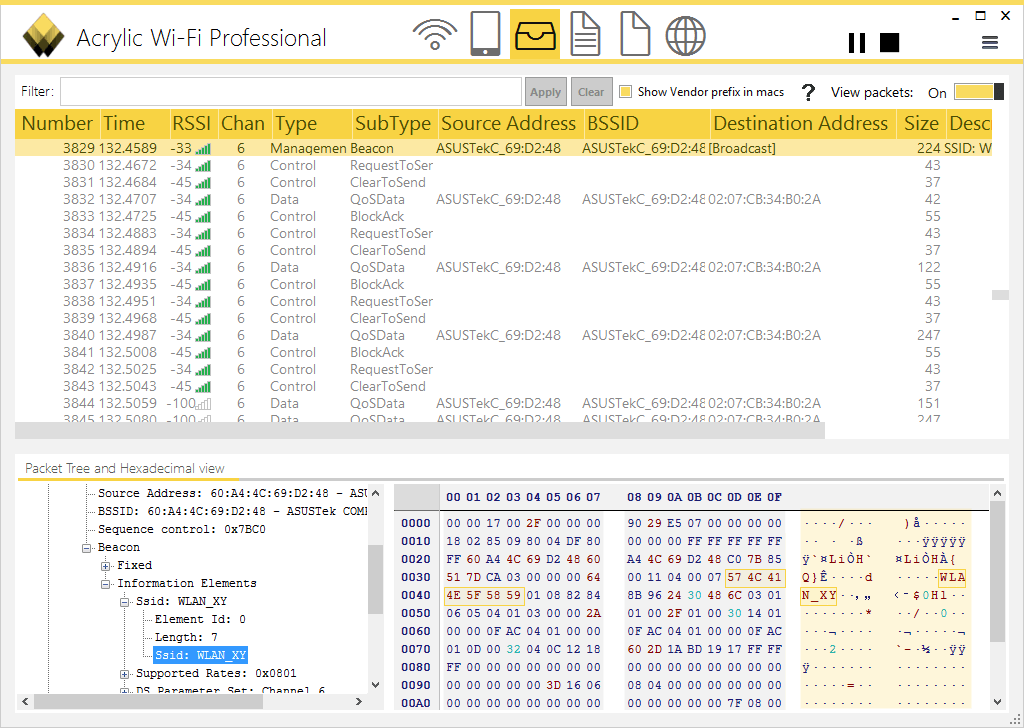

We will also look at countermeasures that you can put in place to protect sensitive information been transmitted over a network. In this article, we will introduce you to common network sniffing techniques and tools used to sniff networks. An attacker can analyze this information to discover valuable information such as user ids and passwords. Network Sniffers are programs that capture low-level package data that is transmitted over a network. These networks could be on a local area network LAN or exposed to the internet. Wireshark can also do name resolution if needed.Computers communicate using networks. Reverse DNS Lookup - I usually leave this setting disabled because it makes the capture much slower.If you download the capture file it will always show the entire packet unless you specified a max packet length. Level of Detail - This setting only affects how much detail is displayed in the capture window after you click stop.

For example, if you set this to 100, the capture will grab the first 100 packets that match the filter. Count - Sets the number of packets to capture.Sometimes it's useful to capture only the first 68-bytes of the packet if you don't need to see the payload. Packet Length - The default of 0 will capture the entire packet.Port - This field allows you to filter the capture based on source or destination port numbers.If you're not sure what you are looking for leave this blank. Host Address - If you are looking for traffic from a particular host or network you can filter the capture.If you don't want to see any IPv6 traffic in your capture you can select IPv4 only. Address Family - Usually I leave this set to "Any".If you are trying to track down traffic originating from outside your network use the WAN interface instead. Interface - In most cases I usually select the LAN interface for the capture so I can see inside IP addresses.If I'm not sure what exactly I'm looking for, then I capture all the packets and sort through them in Wireshark. The more filters you can apply to your capture, the easier it will be to find what you're looking for. Not all of them will apply to you but some of them are useful for reducing the size of the capture file. Explanations of the Optionsīelow are explanations of all of the different options on the packet capture page. Packets can be captured on pfSense through the web interface.


 0 kommentar(er)
0 kommentar(er)
